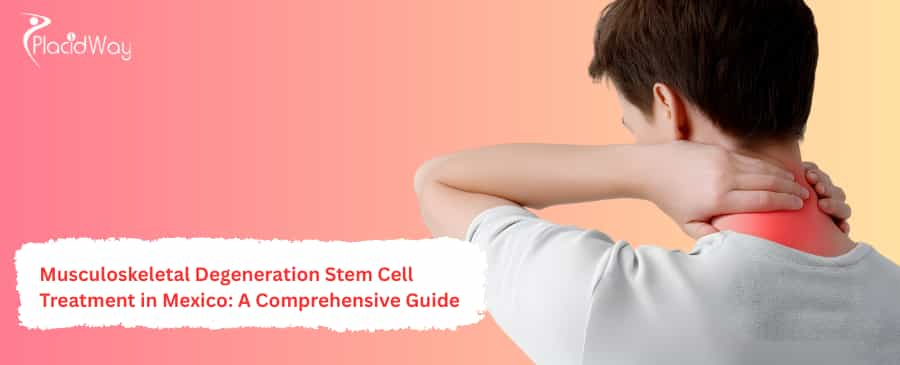
Key Takeaways
-
Musculoskeletal degeneration, commonly causing chronic joint and back pain, is effectively addressed by regenerative medicine protocols available in major Mexican medical cities like Tijuana, Cancún, and Mexico City.
-
Patients traveling for stem cell therapy in Mexico can expect significant savings, often between 60% and 80% compared to equivalent procedures in the United States or Canada, without sacrificing quality.
-
Mexico’s regulatory environment, overseen by COFEPRIS, allows for the advanced use of allogeneic Mesenchymal Stem Cells (MSCs), making it a top choice for non-surgical orthopedic regeneration.
-
Stem cell therapy in Mexico offers a cost-effective, non-surgical pathway to potentially restore mobility and reduce chronic pain associated with conditions like osteoarthritis and degenerative disc disease.
-
The primary cell source used for these musculoskeletal conditions is highly viable, allogeneic MSCs (often derived from umbilical cord tissue), which are rigorously tested for safety.
-
Orthopedic stem cell injection packages in Mexico typically range from $3,500 to $8,000 USD.
-
In contrast, similar orthopedic joint procedures cost approximately $7,000 to $15,000 USD in South Korea and $2,000 to $7,000 USD in Turkey.
-
Complex systemic treatments for advanced degenerative conditions in Mexico may range from $12,000 to $25,000 USD.
What is Musculoskeletal Degeneration and Why Choose Stem Cell Therapy?
Musculoskeletal degeneration involves the breakdown of bone, cartilage, and connective tissues, leading to chronic conditions like osteoarthritis. Stem cell therapy provides a non-surgical option that utilizes the body’s own regenerative capabilities to repair damaged tissue and reduce persistent inflammation.
Musculoskeletal degeneration refers to a group of chronic conditions characterized by the progressive deterioration of components that support the body’s movement, including cartilage, bone, ligaments, tendons, and muscles. The most common manifestations are osteoarthritis (OA), degenerative disc disease, chronic tendon injuries, and spinal stenosis, all of which result in severe pain, stiffness, and loss of mobility.
Traditional treatments, such as pain medication, physical therapy, and eventual joint replacement surgery, often only address the symptoms or require lengthy, invasive recovery. Regenerative medicine, specifically stem cell therapy, offers a promising alternative. It focuses on addressing the root cause by introducing Mesengchymal Stem Cells (MSCs) into the damaged area.
The Regenerative Advantage of MSCs
MSCs are multipotent cells capable of differentiating into various cell types (like bone, cartilage, and fat) and, more importantly, possessing powerful anti-inflammatory and immunomodulatory properties. When injected into a damaged joint, they:
-
Modulate Inflammation: They release growth factors and cytokines that calm chronic inflammation, a primary driver of pain and further damage.
-
Support Tissue Repair: They signal existing cells to initiate and accelerate natural regeneration processes in the damaged cartilage and surrounding tissues.
-
Reduce Pain: By decreasing swelling and promoting healing, they can significantly reduce dependence on long-term pain medication.
Why is Mexico the Premier Destination for Musculoskeletal Stem Cell Treatment?
Mexico has become the #1 global destination for regenerative medicine due to its progressive regulatory environment (COFEPRIS), world-class facilities in accessible cities, and highly competitive pricing, offering up to 80% savings over US prices.
The reputation of stem cell therapy Mexico rests on a confluence of factors that make it particularly attractive to international medical tourists, especially those from the US and Canada.
Progressive Regulatory Environment (COFEPRIS)
The Mexican health authority, COFEPRIS (Comisión Federal para la Protección contra Riesgos Sanitarios), provides a distinct regulatory framework compared to the US FDA. While the US primarily restricts allogeneic (donor) cell therapy to clinical trials, COFEPRIS-licensed facilities in Mexico are permitted to offer a wider scope of advanced regenerative treatments, including direct intra-articular and systemic applications.
Expert Insight: Many Mexican specialists performing regenerative orthopedic surgery are trained in the US and Europe, bringing international expertise while operating under Mexico’s more progressive laws. This allows for treatment protocols—such as high-dose IV infusions or specific lumbar applications—that are often unavailable elsewhere.
Geographical Proximity and Accessibility
For patients seeking stem cell treatment Tijuana, the convenience of a short drive or flight across the border dramatically simplifies the medical tourism journey. Similarly, clinics in popular tourist hubs like Cancún and Puerto Vallarta offer easy international access. This proximity minimizes travel stress and expense, a key factor when considering multiple trips for treatment or follow-up.
High Cell Viability and Quality Control
Leading clinics in Mexico adhere to rigorous international standards, including Good Manufacturing Practice (GMP) guidelines. For example, some facilities emphasize using fresh stem cells (never frozen) to achieve 98%–99% viability, ensuring maximum therapeutic efficacy upon administration. Many clinics also utilize a combination of Mesenchymal Stem Cells (MSCs), Platelet-Rich Plasma (PRP), and Exosomes for a synergistic regenerative effect.
Detailed Musculoskeletal Stem Cell Procedures
The standard treatment for musculoskeletal conditions in Mexico involves minimally invasive injections of allogeneic Mesenchymal Stem Cells (MSCs), often combined with Platelet-Rich Plasma (PRP) for enhanced tissue repair.
The specific procedure depends on the diagnosed condition, but for joint and spinal degeneration, the administration method is typically targeted and minimally invasive.
Stem Cell Therapy for Knee Degeneration in Mexico City
This is one of the most common applications. For patients suffering from knee osteoarthritis, the procedure involves a single-visit regenerative protocol:
-
Preparation: The joint area is sterilized, and a local anesthetic is applied to minimize discomfort.
-
Targeted Injection: Using ultrasound-guided techniques, the physician precisely injects a measured dose of MSCs, usually combined with PRP, directly into the intra-articular space (the joint capsule).
-
Cell Source: The most advanced protocols in cities like Mexico City and Tijuana often use umbilical cord tissue-derived MSCs (allogeneic) due to their high concentration, youthful vitality, and low risk of rejection.
Treatment for Degenerative Disc Disease
For chronic back pain caused by degenerative disc disease, the procedure is more complex, requiring extreme precision:
-
Administration: Stem cells are injected directly into the damaged spinal disc or surrounding structures using fluoroscopy (real-time X-ray guidance) or CT-guidance.
-
Goal: The cells are intended to support the regeneration of the nucleus pulposus (the inner core of the disc) and reduce the chronic inflammation that compresses nerves.
Combining Therapies: MSC, PRP, and Exosomes
Many top-tier regenerative medicine Mexico clinics offer a triple-biologic formulation for optimal results:
|
Biologic Agent |
Primary Function in Orthopedics |
|---|---|
|
Mesenchymal Stem Cells (MSCs) |
Differentiate into bone/cartilage; provide strong anti-inflammatory signaling. |
|
Platelet-Rich Plasma (PRP) |
Source of concentrated growth factors that stimulate localized healing and blood flow. |
|
Exosomes |
Nanoparticles derived from stem cells that communicate healing signals to damaged cells. |
Candidacy, Preparation, and Aftercare
Not every patient is a candidate for stem cell therapy; a thorough medical evaluation is required. The preparation phase focuses on patient optimization, and aftercare is crucial for maximizing long-term outcomes.
Determining Candidacy
Clinics in Cancún, Mexico, and other major hubs follow strict screening protocols. Stem cell therapy is generally suitable for patients with mild to moderate musculoskeletal conditions. Patients typically need to meet the following criteria:
-
Eligible Conditions: Osteoarthritis (all grades), chronic ligament or tendon tears, degenerative joint disease, and specific stages of degenerative disc disease.
-
Exclusions: Patients with active cancer, specific blood disorders, or severe joint deformities requiring immediate surgical intervention may be excluded.
-
Evaluation: Candidacy involves a review of recent imaging (MRI, X-ray) and a comprehensive health assessment.
Pre-Procedure Preparation
Once approved, patients are often advised on systemic optimization to ensure their body is in the best state for regeneration:
-
Medication Review: Temporarily discontinuing NSAIDs and blood thinners, which can interfere with the regenerative process.
-
Lifestyle: Optimizing diet and hydration, and avoiding smoking, which impedes cell function.
-
Logistics: The best Tijuana stem cell therapy centers assist with travel, accommodation, and interpreter services.
Recovery and Post-Treatment Aftercare
Recovery from a musculoskeletal stem cell injection is typically minimal, often referred to as a walk-in, walk-out procedure.
-
Initial Recovery (2–7 Days): Patients are advised to rest the joint but are generally able to resume light daily activities. Mild soreness or stiffness at the injection site is common.
-
Medium-Term (2–8 Weeks): Gradual reintroduction of physical activity and starting a personalized physical therapy program is crucial. The stem cells begin to work by decreasing inflammation.
-
Long-Term (3–6 Months): The full regenerative effects become noticeable. Patients often report significantly reduced pain and improved mobility as tissue repair progresses. Consistent follow-up and adherence to rehabilitation protocols are mandatory for achieving the best long-term results.
Cost Analysis: Mexico vs. Global Competitors (Turkey & South Korea)
The cost of regenerative medicine in Mexico is generally 60–80% lower than in the US, making it highly competitive, especially for orthopedic treatments. While Turkey may offer slightly lower entry prices for basic injections, Mexico often provides more advanced, high-dose allogeneic cell protocols.
Cost is a primary driver for choosing medical tourism abroad. The comparison below highlights why Mexico remains a superior value proposition for patients seeking advanced, high-quality stem cell treatments for joints.
Detailed Stem Cell Therapy Cost Comparison (USD)
This table focuses on the average package costs for musculoskeletal procedures, often including consultations, the procedure itself, cell processing, and initial follow-up.
|
Treatment / Condition |
United States (Estimate) |
Mexico (Average Package) |
Turkey (Average Package) |
South Korea (Average Package) |
|---|---|---|---|---|
|
Orthopedic Injection (Single Joint) |
$7,000 – $15,000 |
$3,500 – $8,000 |
$2,000 – $7,000 |
$7,000 – $10,000 |
|
Degenerative Disc Disease (Complex) |
$20,000 – $40,000+ |
$12,000 – $18,000 |
$10,000 – $15,000 |
$15,000 – $25,000 |
|
Systemic Infusion (e.g., Autoimmune Support) |
$25,000 – $50,000+ |
$15,000 – $25,000 |
$14,000 – $20,000 |
$18,000 – $35,000 |
What Influences the Cost in Mexico?
The final price of your stem cell treatment in Mexico is determined by key factors:
-
Cell Count: Higher cell doses (e.g., 50 million+ MSCs) required for severe degeneration or systemic issues command higher prices.
-
Cell Source: Allogeneic (donor) umbilical cord cells are typically more expensive than autologous (patient's own bone marrow or fat cells) due to rigorous lab processing and testing.
-
Adjunctive Therapies: Inclusion of supportive treatments like high-dose IV nutrient therapy, hyperbaric oxygen therapy, or ozone therapy adds to the package price.
-
Clinic Location: Clinics in Cancún or Puerto Vallarta may have marginally higher prices than high-volume centers near the border in Tijuana, Mexico, due to local operational costs.
Did You Know?
-
The high viability (often 97%+) of allogeneic cells used in top Mexican clinics means fewer cells are potentially wasted, providing better value than lower-viability cryopreserved cells used elsewhere.
-
Mexico's regulatory framework facilitates the use of younger, more potent umbilical cord stem cells, which have superior regenerative potential compared to the adult autologous cells (from older patients) often restricted in the US.
Safety and Ethical Considerations in Regenerative Medicine
While Mexico's regulations are more flexible, patients must prioritize choosing a COFEPRIS-registered facility with transparent protocols, board-certified specialists, and third-party laboratory verification for cell quality.
The rapid growth of regenerative medicine Mexico means patients must be vigilant in selecting a reputable provider. Safety is ensured through diligence in these areas:
Regulatory Compliance and Licensing
Always verify that the clinic and its associated laboratory hold valid COFEPRIS registration. This ensures the facility meets official Mexican health and safety standards for the handling and application of human cells. Unlicensed facilities should be strictly avoided.
Allogeneic Cell Sourcing and Testing
Since most advanced orthopedic protocols use donor (allogeneic) cells, the sourcing must be ethical and safe. Reputable clinics use cells sourced from screened, ethically donated umbilical cord tissue. Every batch of cells must undergo:
-
Sterility Testing: Ensuring no bacterial or fungal contamination.
-
Pathogen Screening: Testing for transmissible diseases (HIV, Hepatitis, etc.).
-
Viability Testing: Confirming the percentage of live, functional cells available for injection.
Red Flags to Avoid
Patients should be wary of any clinic that:
-
Guarantees a Cure: Stem cell therapy is a supportive regenerative treatment, not a magic cure-all.
-
Lacks Transparency: Refuses to disclose the specific cell count, source, or viability testing results.
-
Uses Embryonic Cells: The use of embryonic stem cells is typically unethical and highly illegal. Reputable clinics use Adult Mesenchymal Stem Cells (from fat, bone marrow, or umbilical cord tissue).
Frequently Asked Questions (FAQ)
Is stem cell therapy for knees legal in Mexico?
Stem cell therapy for orthopedic conditions like knee degeneration is legal in Mexico, provided the procedure is performed in a facility that is fully licensed and regulated by the Mexican health authority, COFEPRIS.
What kind of success rates are reported for stem cell treatment of osteoarthritis in Mexico?
Success rates are condition- and patient-dependent, but many reputable Mexican clinics report patient satisfaction and improvement rates ranging from 70% to 85% for orthopedic and joint degeneration treatments, particularly in reducing pain and improving mobility over six months to a year.
How long do I need to stay in Mexico for the stem cell procedure?
For most single-joint stem cell injections in cities like Tijuana, Mexico, or Cancún, the actual procedure is minimally invasive and takes less than an hour. Patients typically need to stay in the local area for 1 to 3 days for initial consultation, the procedure, and a brief post-injection check-up before flying home.
Are the stem cells used in Mexico autologous (from me) or allogeneic (from a donor)?
Most advanced protocols for musculoskeletal conditions in Mexico, especially for joints and the spine, use allogeneic mesenchymal stem cells (MSCs), primarily sourced from ethically screened umbilical cord tissue. Autologous procedures (using your own fat or bone marrow) are also available but are less common for high-dose systemic treatments.
What is the difference between stem cell therapy and PRP for joint pain?
Stem cell therapy introduces potent, self-renewing MSCs that signal regeneration and reduce inflammation, offering long-term regenerative potential. PRP (Platelet-Rich Plasma) primarily introduces growth factors from your own blood to stimulate local healing. They are often used together in Mexico for a synergistic effect.
Will my insurance cover stem cell therapy in Mexico?
In most cases, private medical insurance from the United States, Canada, or Europe does not cover experimental or regenerative medicine procedures, including stem cell therapy, whether performed domestically or internationally. Patients pay for these treatments out-of-pocket, which is why the significant cost savings in Mexico are so appealing.
What is the biggest advantage of choosing a clinic in Mexico City for regenerative therapy?
Mexico City clinics often have access to the country's most established, large-scale private hospitals and multidisciplinary specialists, particularly for complex systemic conditions or procedures involving the spine and advanced diagnostics.
PlacidWay: Your Trusted Partner for Medical Tourism in Mexico
PlacidWay connects you with leading, COFEPRIS-certified regenerative medicine clinics in Mexico, ensuring a safe, transparent, and successful medical journey for your musculoskeletal stem cell treatment.
Access Verified Expertise
We partner exclusively with clinics that meet rigorous international quality standards, employ board-certified orthopedic specialists, and maintain transparent cell sourcing and lab practices. We simplify the complexity of medical tourism by handling logistics and verification for you.
Start Your Consultation and Get a Personalized Quote Today
Don't let chronic joint pain or degenerative disc disease limit your life. Discover the benefits of advanced stem cell therapy in accessible locations like Mexico City, Tijuana, and Cancún.
-
Request a Free Medical Evaluation: Submit your current medical records (MRI, X-ray) for a specialized review by a top Mexican regenerative medicine doctor.
-
Compare Packages: Receive a detailed, all-inclusive quote covering the procedure, cell count, transfers, and post-treatment guidance.
-
Secure Your Trip: Let our PlacidWay patient coordinators manage all travel, accommodation, and scheduling logistics.
Call PlacidWay today to explore your options for safe and affordable stem cell therapy in Mexico.


.png)
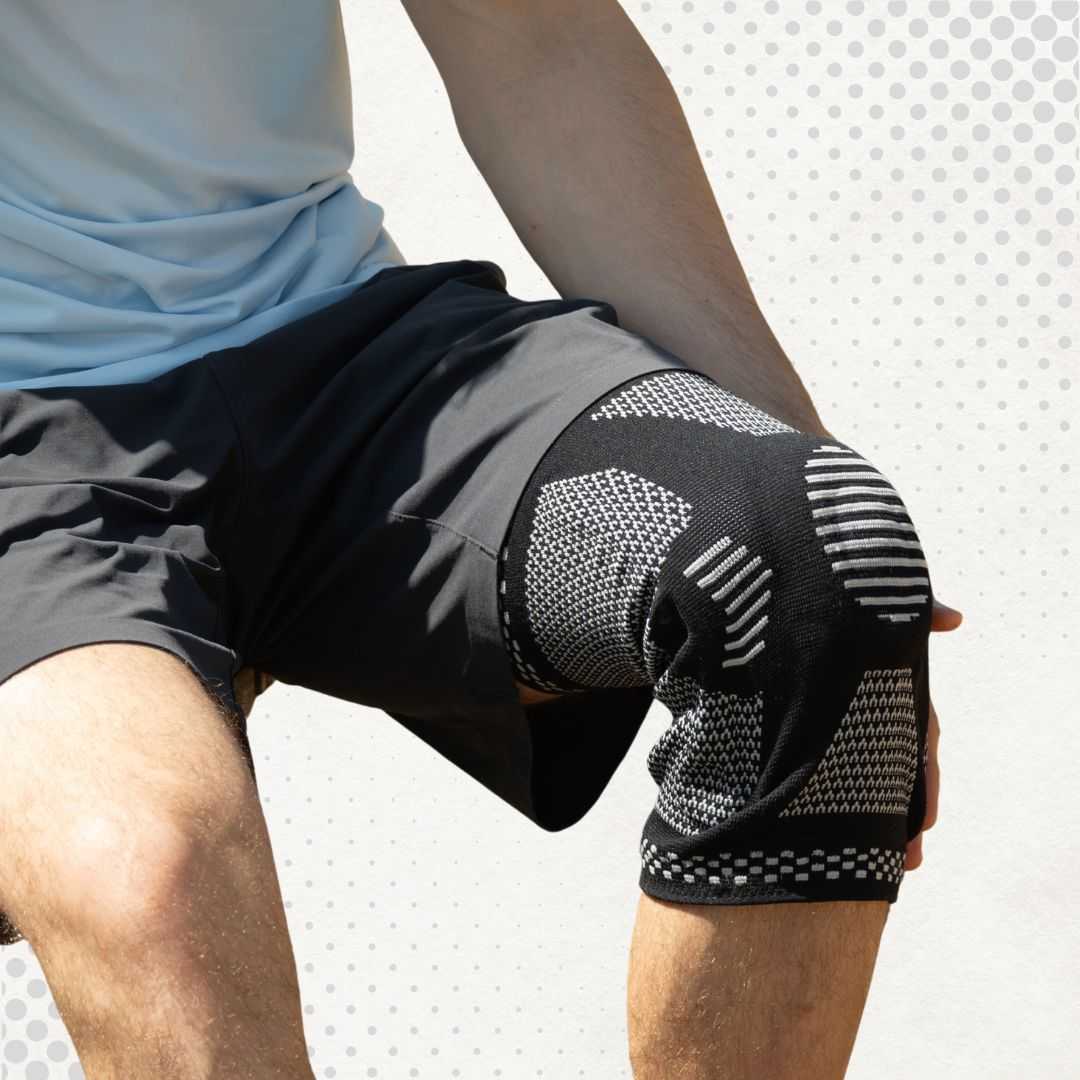


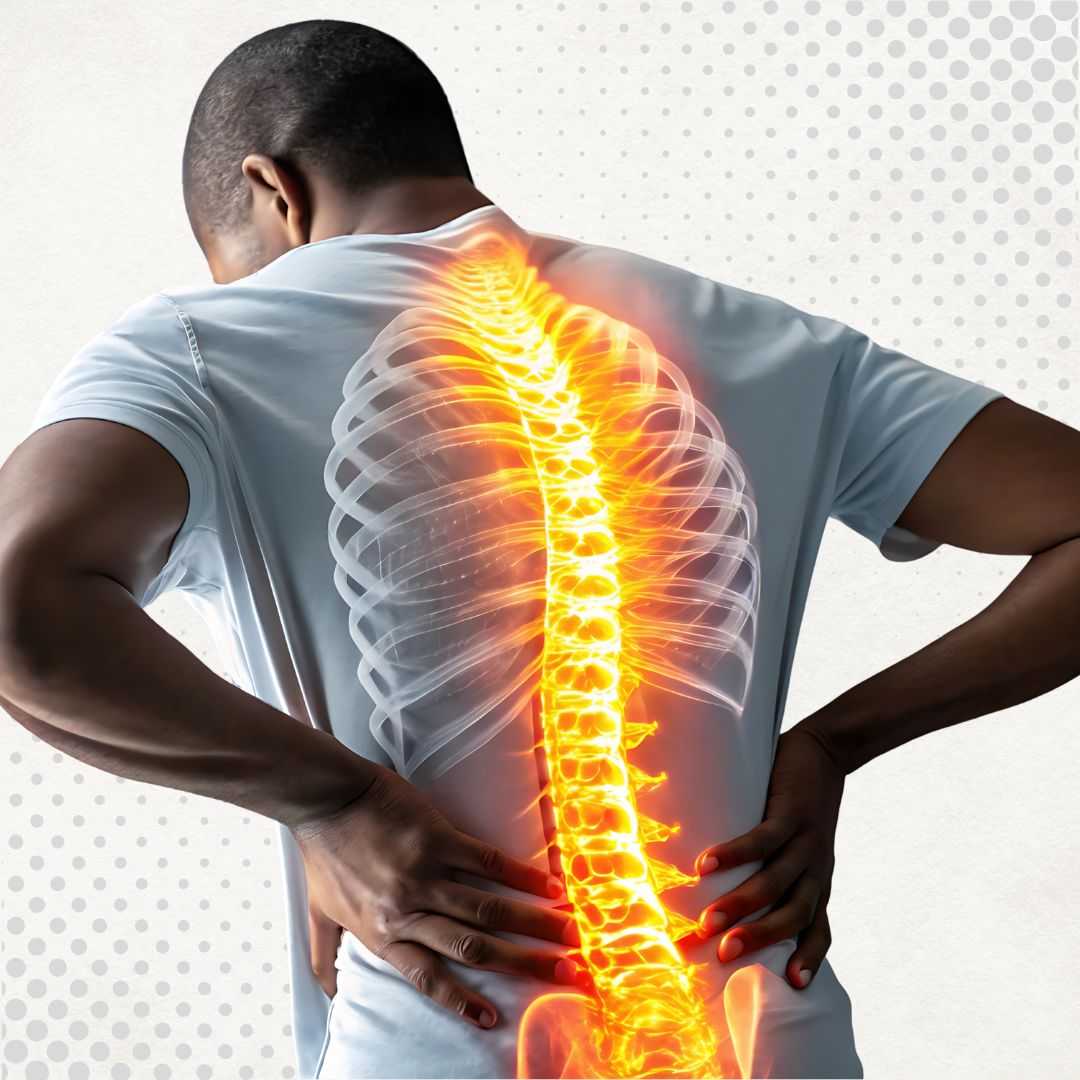
.jpg)

.jpg)
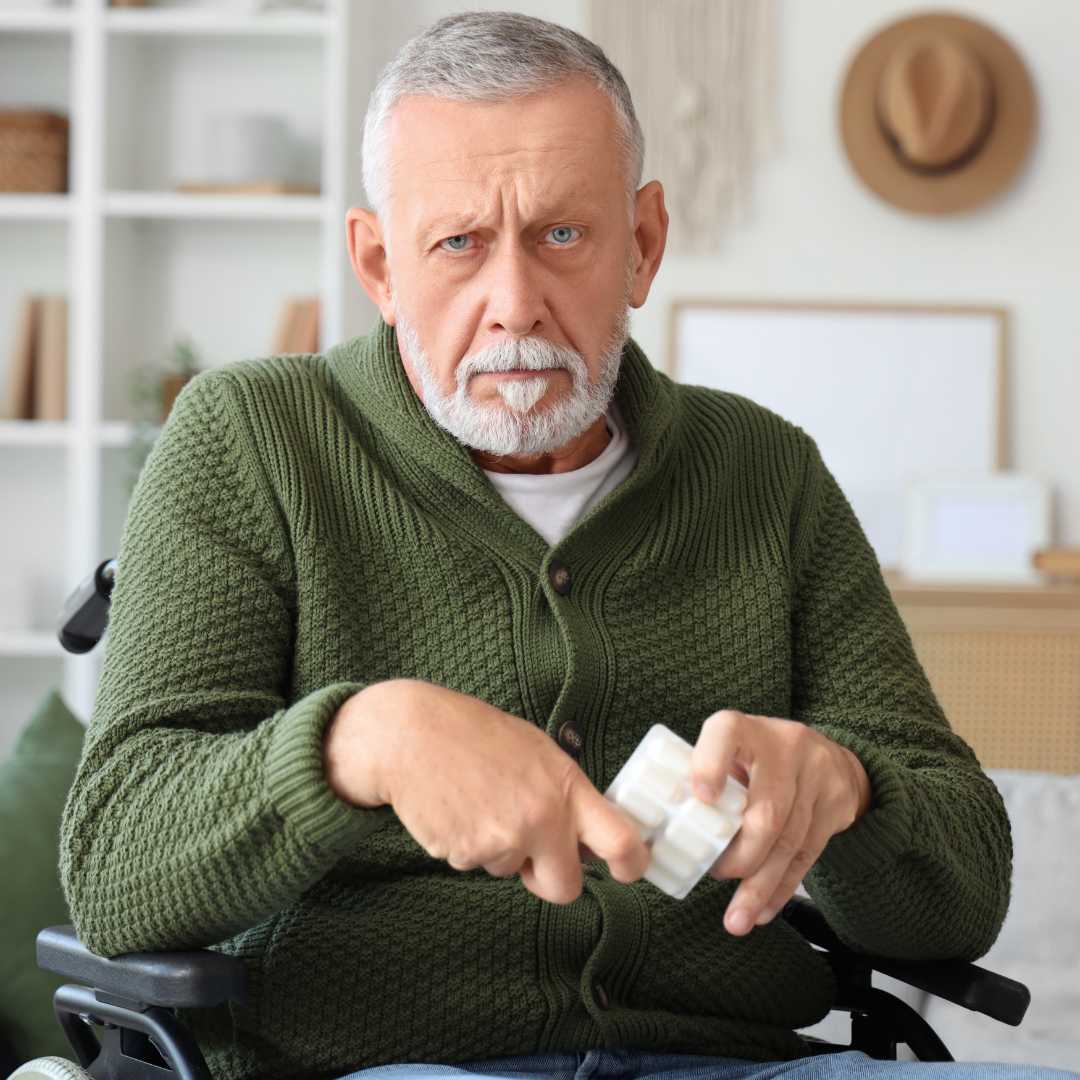

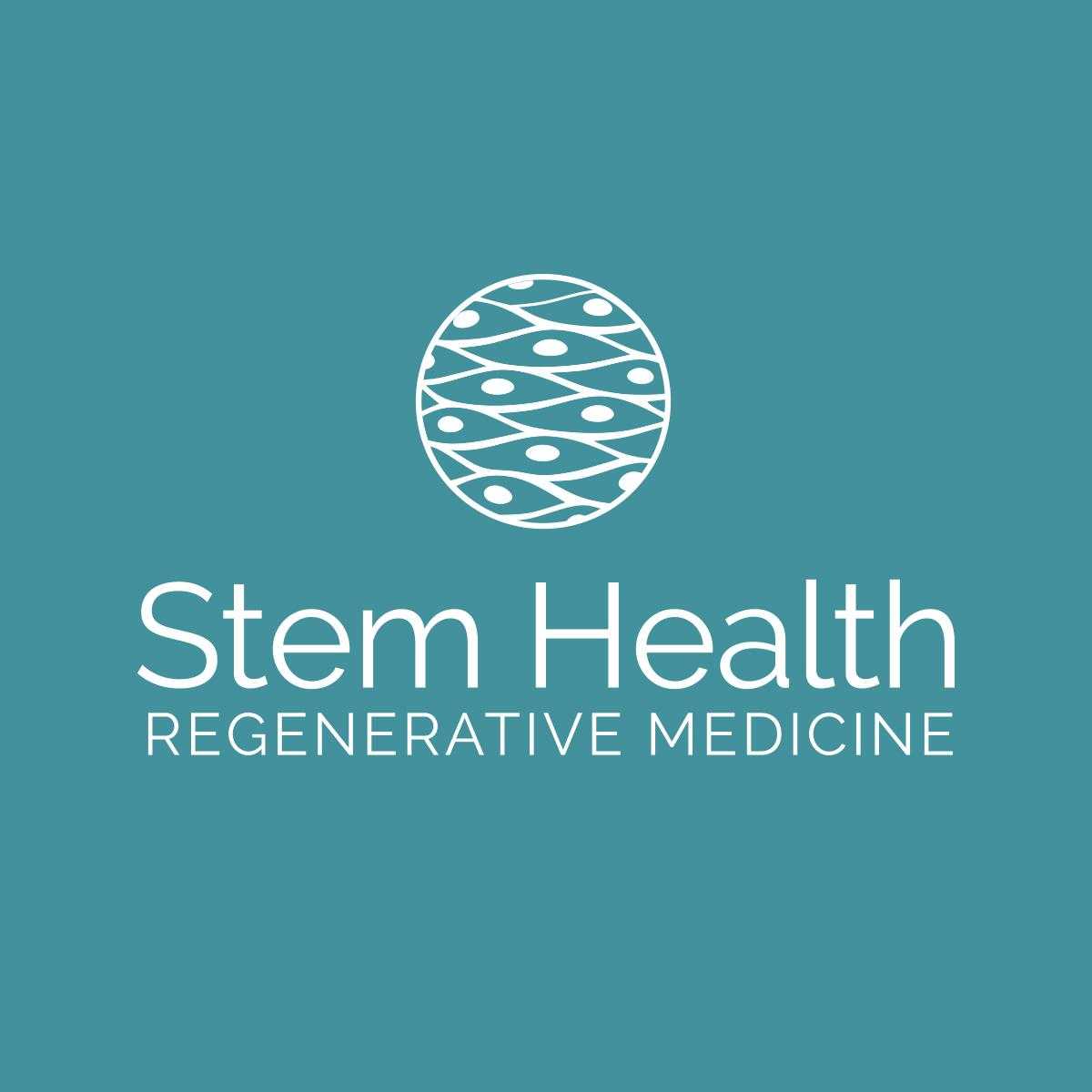
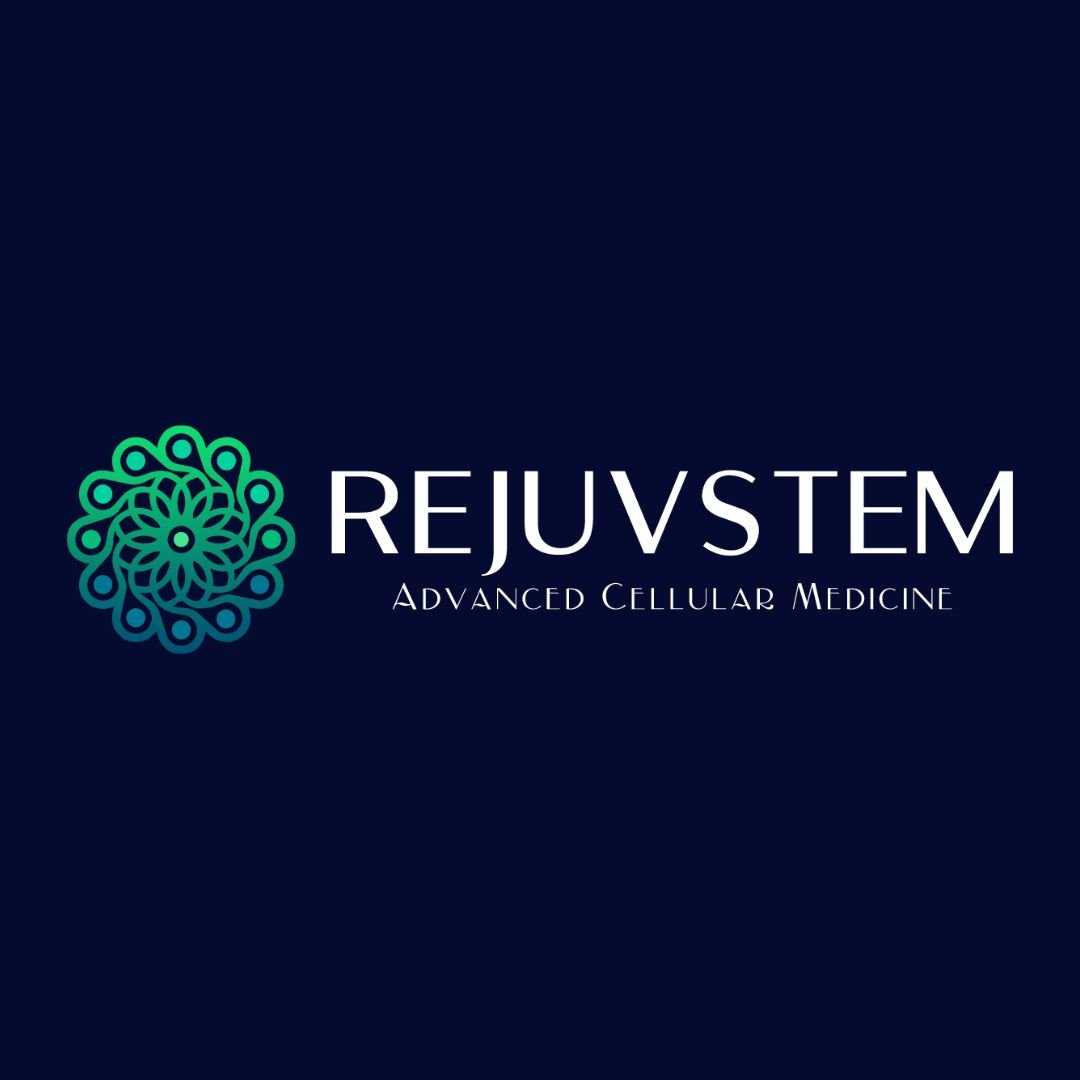

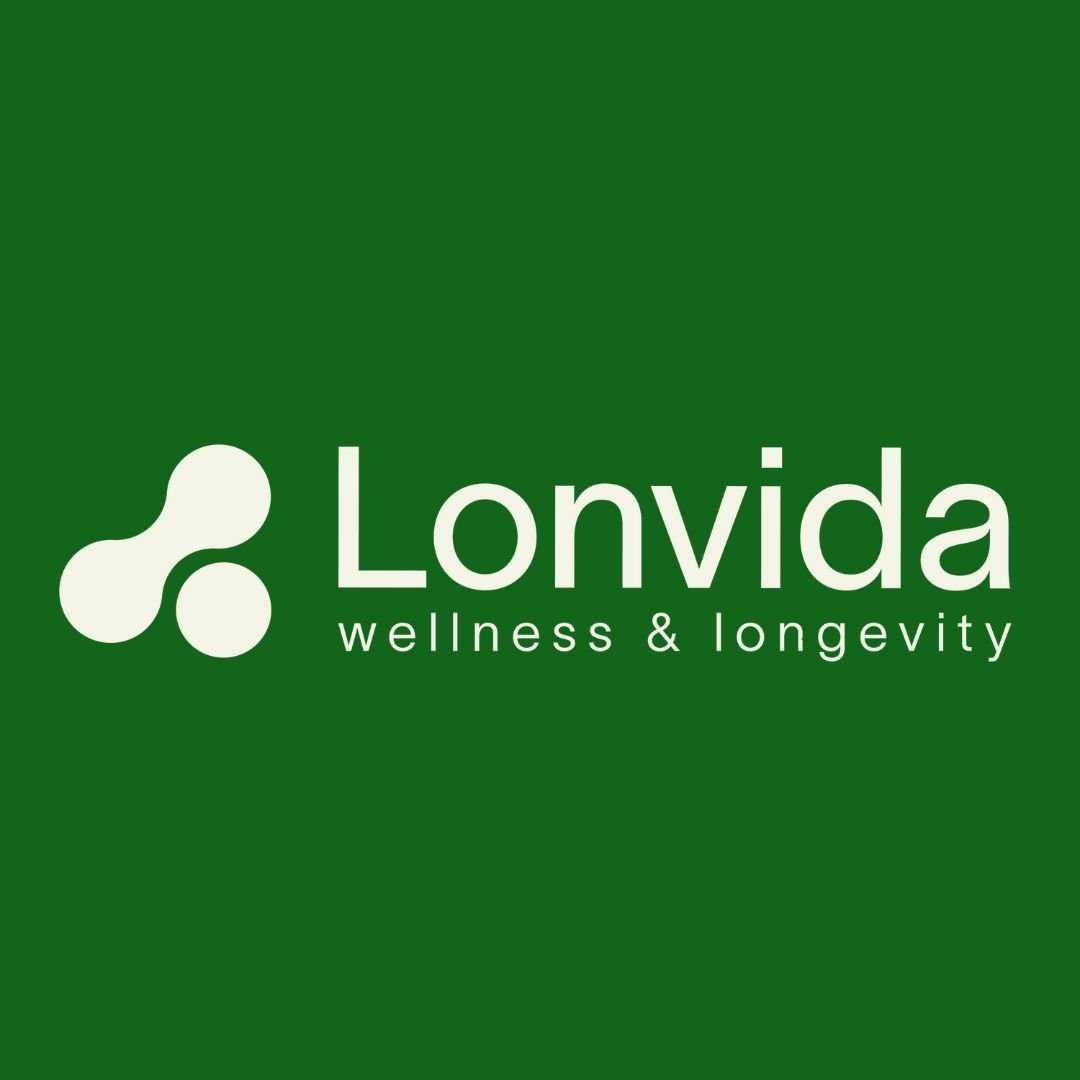

Share this listing